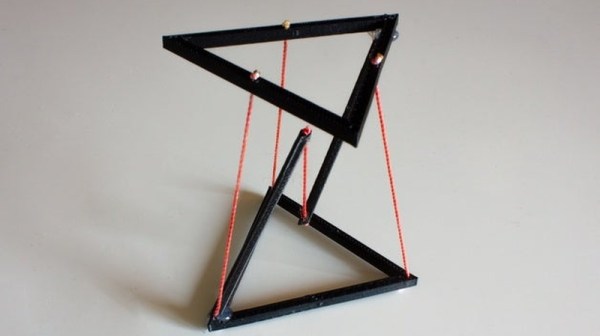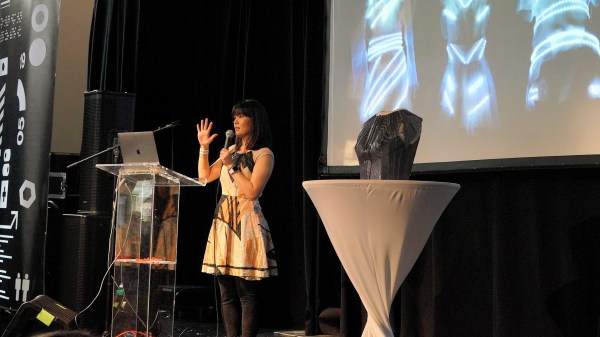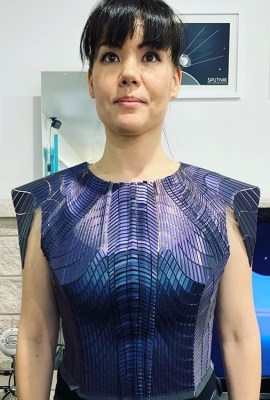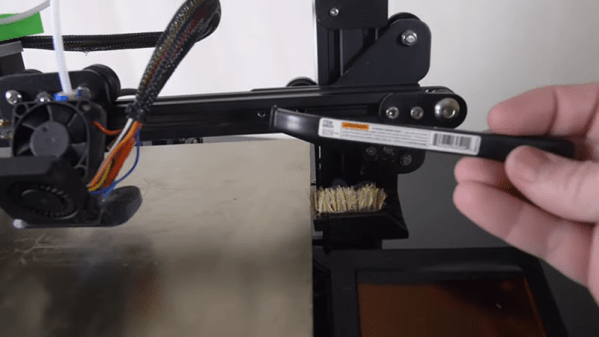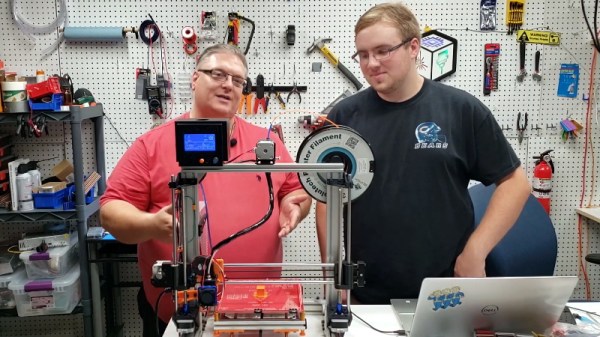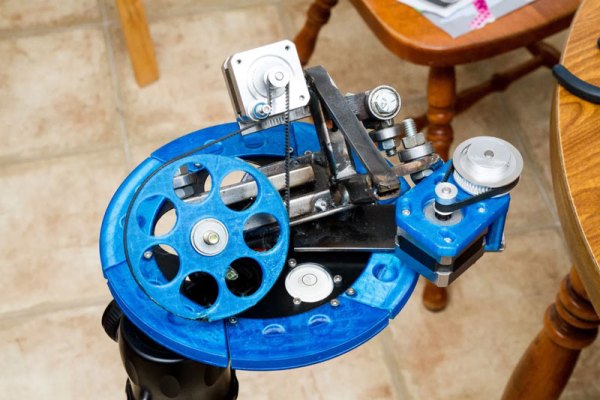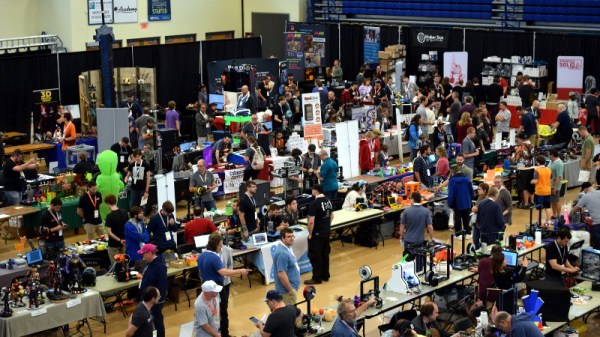It seems that tensegrity structures are trending online, possibly due to the seemingly impossible nature of their construction. The strings appear to levitate without any sound reason, but if you bend them just the right way they’ll succumb to gravity.
The clue is in the name. Tensegrity is a pormanteau of “tension” and “integrity”. It’s easiest to understand if you have a model in your hand — cut the strings and the structure falls apart. We’re used to thinking of integrity in terms of compression. Most man-made structures rely on this concept of engineering, from the Empire State Building to the foundation of apartment building.
Tensegrity allows strain to be distributed across a structure. While buildings built from continuous compression may not show this property, more elastic structures like our bodies do. These structures can be built on top of smaller units that continuously distribute strain. Additionally, these structures can be contracted and retracted in ways that “compressionegrities” simply can’t exhibit.
How about collapsing the structure? This occurs at the weakest point. Wherever the load has the greatest strain on a structure is where it will likely snap, a property demonstrable in bridges, domes, and even our bodies.
Fascinated? Fortunately, it’s not too difficult to create your own structures.

